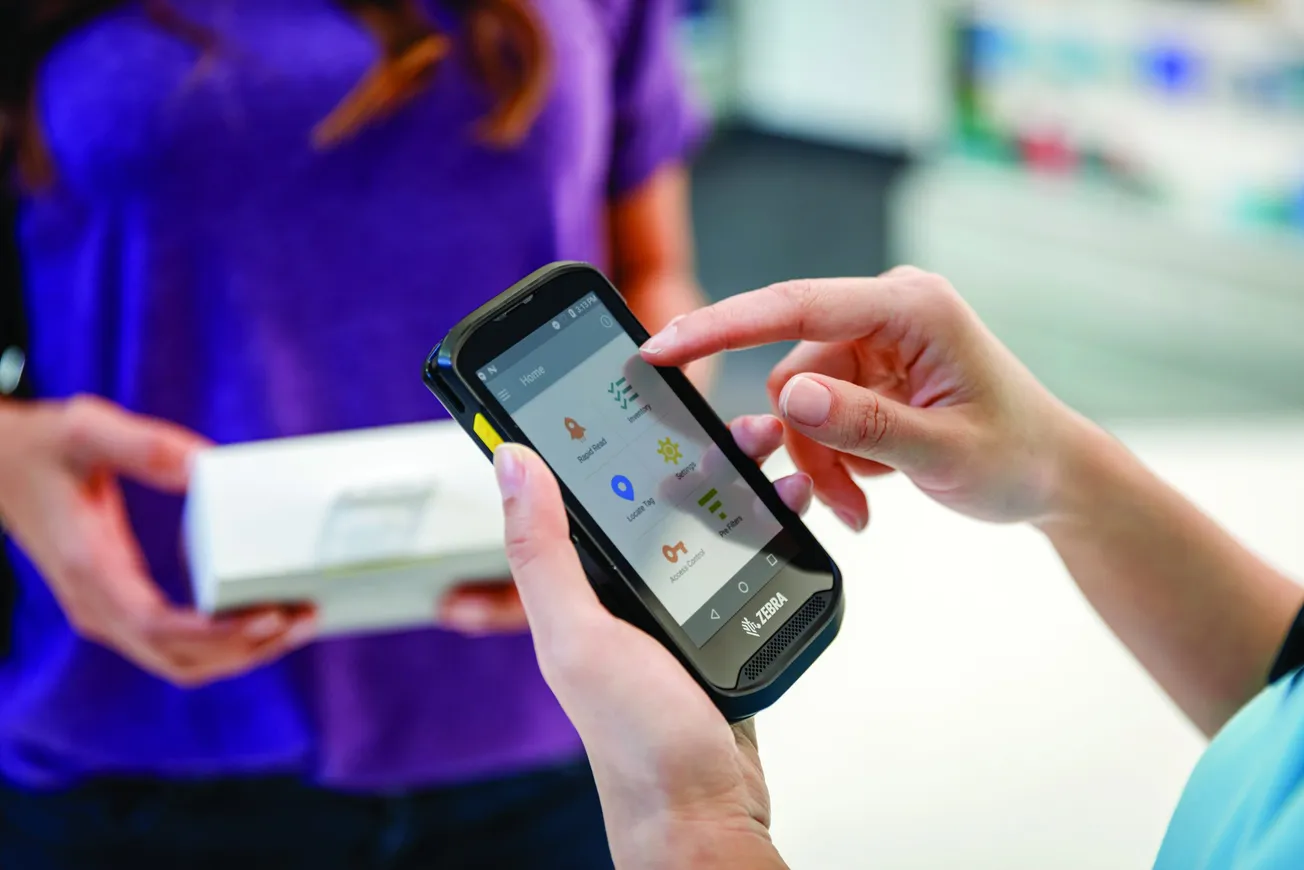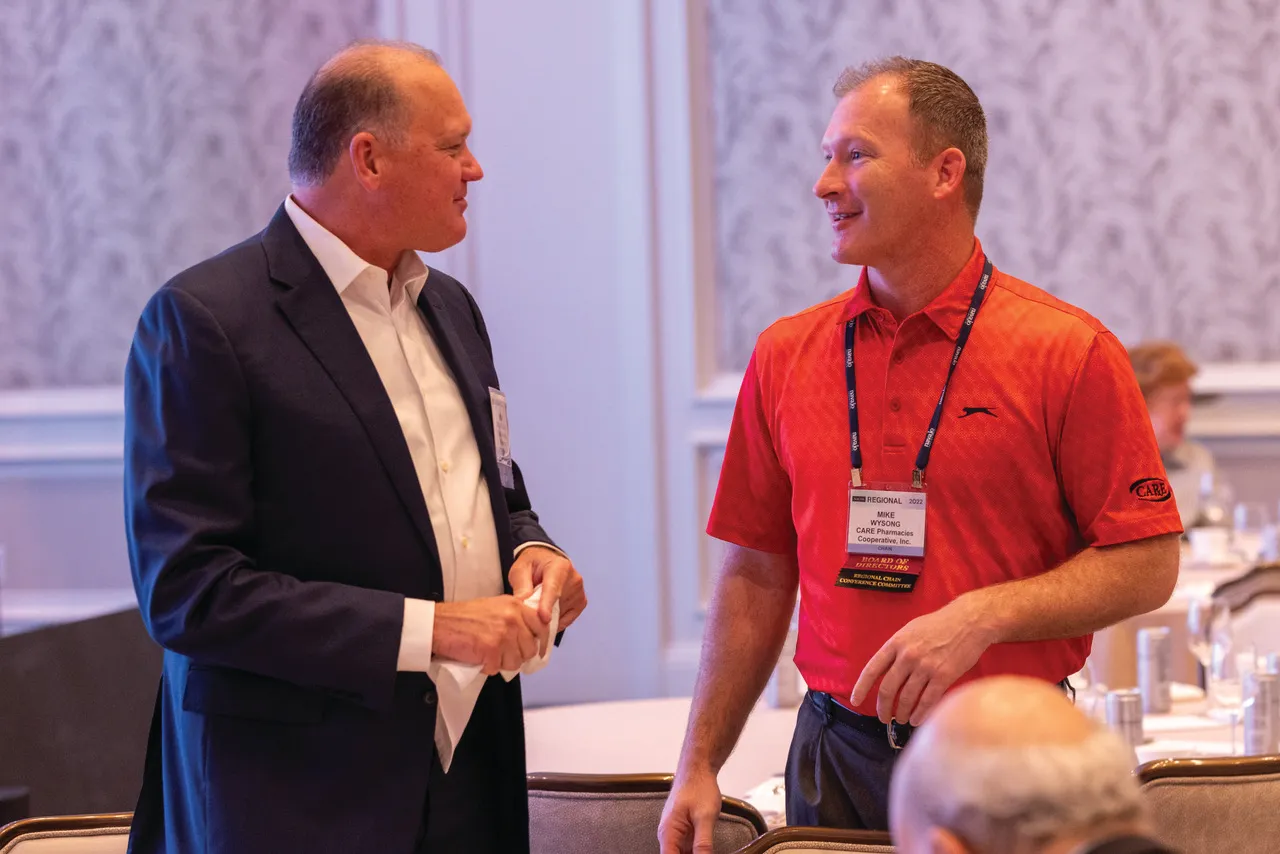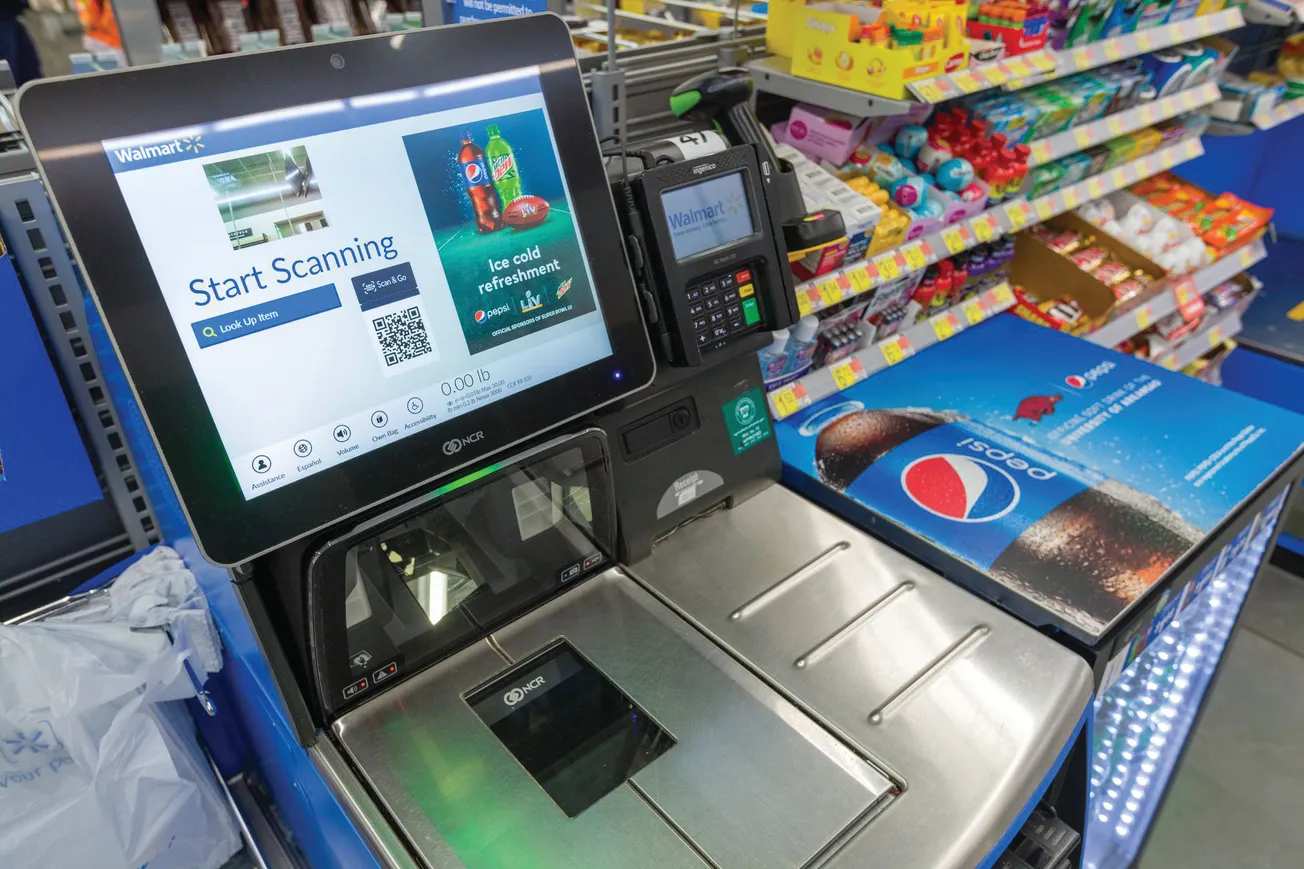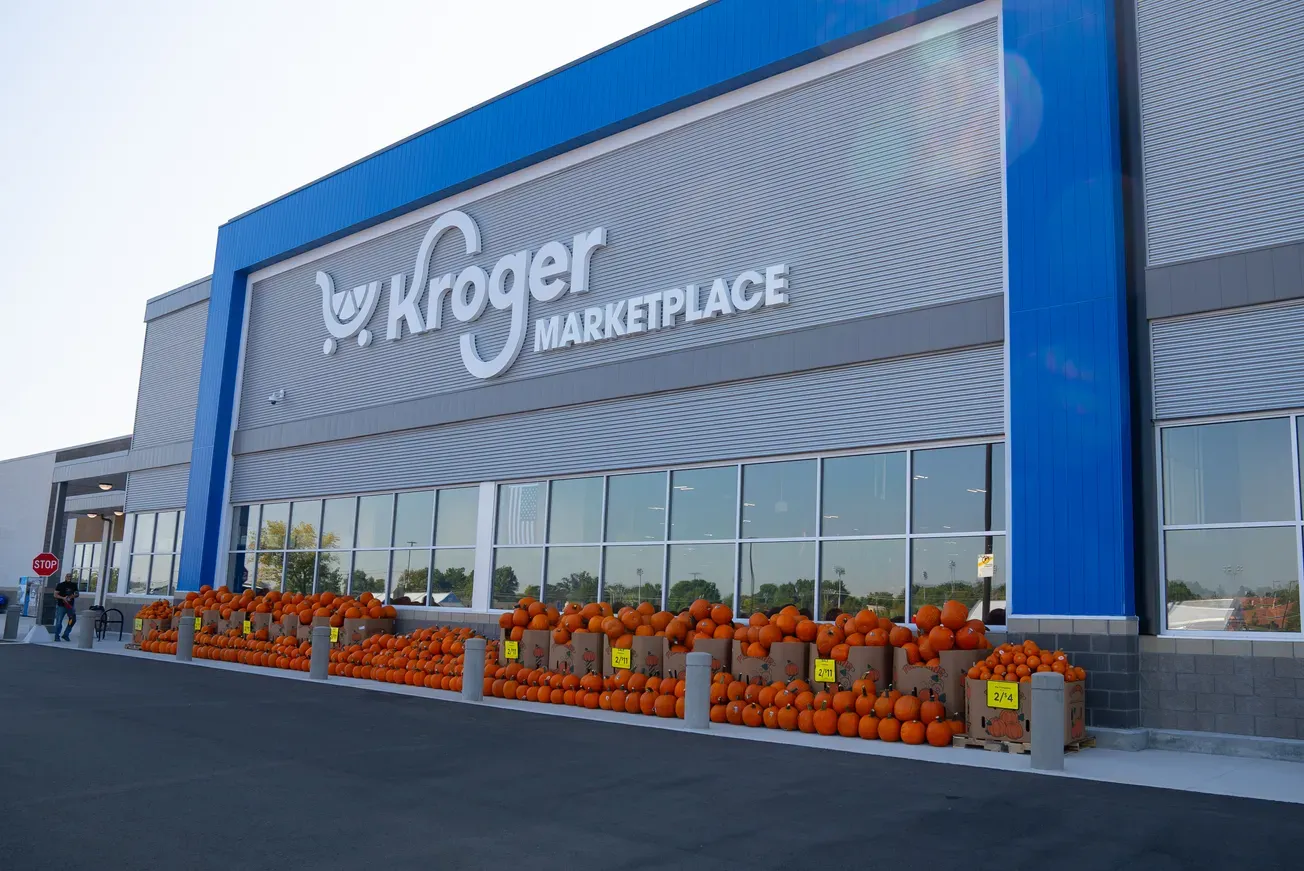
Matthew Guiste
By some estimates, retail has undergone more transformation in the last three years than in the previous 50 combined. And there is no end in sight, with social and macroeconomic trends from inflation; digital competition; supply chain issues; recession fears; environmental, social and governance (ESG) pressures; and a drive to further personalize the shopper experience all poised to reshape retail — again. On top of these pressing external factors, retailers must also manage operational challenges across their stores, which include slowing the pace of theft and organized retail crime (ORC); improving returns management/reverse logistics; and creating seamless omnichannel integration.
Individually, each of these issues is a challenge. Together, they paint a picture of an industry primed for change, primed for solutions, primed for progress — in other words, retail is primed for modernization. And retailers must modernize today if they’re going to thrive tomorrow. Specifically, they must modernize around three retail fundamentals: their people, their inventory and their customers.
Modern retail starts with powering your people
Competition for retail associates has never been fiercer. Currently there are nearly two open jobs for every unemployed worker. Winning in today’s retail environment means keeping employees happy, productive and enabled to make more impactful contributions to stores.
The most challenging barrier to these goals is retail’s complex environment filled with legacy systems, siloed departments and no easy way to connect with teammates. Focusing on optimizing workforce management, consolidating and streamlining task management, and giving all frontline workers the right communication tools and systems to do their jobs easily can provide the biggest paybacks. Vera Bradley is a good example of a retailer that used technology to meet its customers’ changing expectations, enabling its store teams with task and workforce management solutions that delivered a 25% to 50% improvement in scheduling effectiveness and 15 to 20 hours more time per week spent on the sales floor.
Leading retailers are investing in innovations such as mobility, self-checkouts, and task and management software solutions that ensure associates can work more efficiently and focus on higher-value tasks. In turn, they’re more productive, more engaged with shoppers, and more likely to contribute in more meaningful ways to the operation.
If you don’t have it, shoppers can’t buy it
Unsurprisingly, product availability is the leading reason why consumers choose to shop where they shop. That is, after all, a retailer’s main purpose. But product availability means inventory that’s accurate, visible and available for purchase, with theft and loss kept to a minimum. Yet eight in 10 retailers agree that maintaining real-time visibility of out-of-stocks is a significant challenge, according to Zebra’s 15th Annual Global Shopper Study.
Winning retailers focus on success on these key inventory areas: improving on-shelf availability with automatic sensing for potential out-of-stocks or overstocks; modernizing in-store fulfillment processes by leveraging technologies like RFID to track every SKU; and achieving a real-time view of product loss to reduce theft and loss across operations.
It starts and ends with customers
Customers have grown accustomed to several key innovations over the last several years and want to continue them, at scale and seamlessly. For example, a third of consumers check if products are in stock before visiting stores and prefer having items delivered rather than picking them up themselves, but they also prefer the option to pick up items in stores, curbside or at another location.
More broadly, most consumers (76%) expect to minimize time spent in stores, getting in and out as quickly as possible, and for retailers to use the latest technology. They are embracing self-serve technology, with about six in 10 who have experience using self-checkout and cashless payments saying they are very likely to continue using these methods in the future. Their preference for a seamless integration between online and in-store shopping is clear, with seven in 10 saying they prefer shopping this way, along with shopping at online retailers that also have brick-and-mortar locations.
While many retailers found ways to create these integrated customer experiences during the pandemic, it was often at a significant cost compared to standard channels. Retailers who expect to thrive in the future are investing in enhancing the checkout service with faster, more personalized options and improving in-store service with connected, skilled workers and in-store technologies that improve customer service.
Trending to retail transformation
While retail is always changing, it’s now at an infliction point. Technology is the bridge that can bring retail to its new modern age. In fact, according to McKinsey, technology is at the core of retail transformation. It has to be — the pace and agility needed to keep up with newly formed customer expectations grew exponentially during the pandemic and requires retailers to adapt their tech footprint to deliver the outcomes needed — engaged associates, optimized inventory and an elevated customer experience.
Matthew Guiste is global retail technology strategist at Zebra Technologies.









